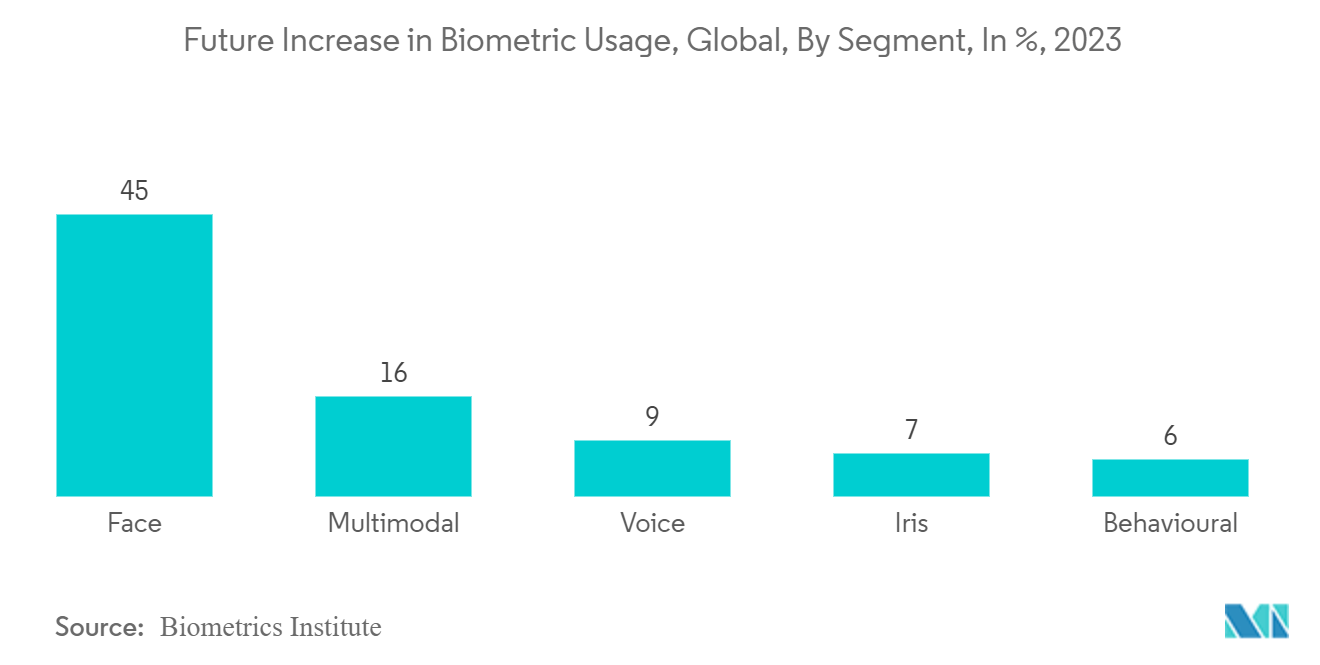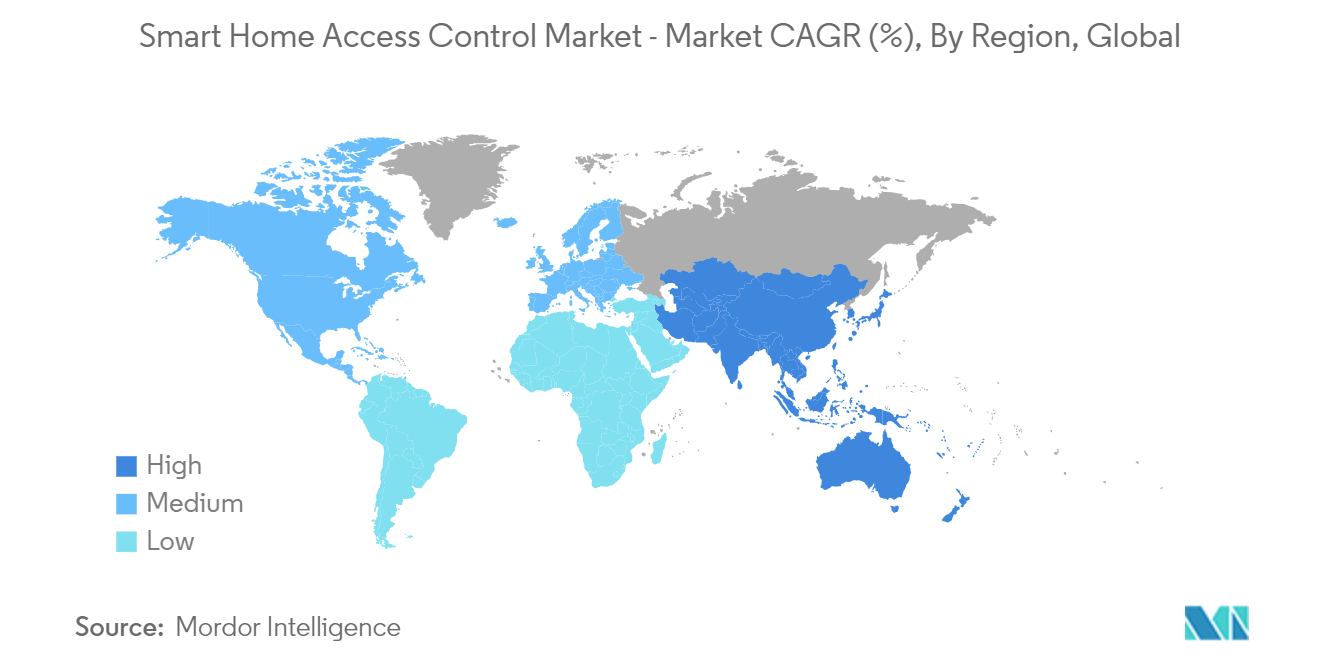Market Trends of Smart Home Access Control Industry
The Biometric Readers Segment to Hold Major Market Share
- Biometric home security represents a modern shift in authentication methods, utilizing unique individual features for verification rather than traditional credentials. This technology is rapidly gaining traction in the home security sector. Homeowners increasingly use fingerprint, retina, or facial recognition technologies to bolster access control.
- Biometric locks elevate security measures, reducing reliance on conventional key-based systems. They are also crucial in multifactor verification, especially in high-security scenarios. For instance, after presenting a physical badge at a secure facility, a fingerprint can serve as an additional layer of verification.
- Statistically, burglary is often an opportunistic crime. While traditional key locks have long been vulnerable to such opportunists, smart locks, predominantly reliant on Bluetooth or Wi-Fi, introduce new vulnerabilities. Additionally, digital locks, hinging on PIN codes, are susceptible to hacking and prone to being forgotten.
- Considering these vulnerabilities, biometric readers are becoming popular for enhancing home security worldwide. Biometric sensors store data on the device, ensuring that power outages or unreliable Wi-Fi connections do not compromise the lock's security. This results in secure access to homes, cars, safes, and suitcases through smart locks, allowing only authorized users to gain entry.
- This heightened security is resonating with consumers. Recent research indicates that nearly one in three consumers express interest in adopting biometric readers for home access in the future. Beyond the security aspect, the convenience offered by biometric readers is further propelling the growth of this market.

Asia-Pacific to Witness Significant Growth
- Asia is swiftly establishing itself as a dominant smart home access control market. Over the next five years, the region's growth trajectory hinges on the surging demand and adoption of technological advancements, particularly in home appliances and consumer electronics.
- Factors like the widespread adoption of smartphones, an expanding online business landscape, and robust government initiatives focused on digital transformation drive this momentum. According to the GSMA's 2023 report, "The Mobile Economy for Asia Pacific," several countries, including Australia, Japan, Singapore, and South Korea, have made 5G a mainstream technology.
- Notably, India is emerging as one of the fastest-growing 5G markets, with projections indicating the addition of tens of millions of 5G connections in 2023 alone. The region is poised to reach around 1.4 billion 5G connections by 2030, accounting for 41% of all mobile connections.
- Additionally, the region's robust economic growth has swelled the middle class, expanding the consumer base with increased purchasing power. As incomes rise across Asia, a larger consumer segment will move into higher income brackets. This shift within the consumer landscape is set to drive consumption, particularly in advanced technologies and services, further propelling the smart home access control market.
- Moreover, the region's escalating government investments in smart city initiatives are poised to unlock fresh opportunities. For instance, iToyota's ambitious 'Woven City' project, nearing completion, will serve as a testing ground for innovative urban living featuring driverless cars. 'Woven City' will be dotted with 'smart homes' embedded with sensors, enabling seamless communication among residents, buildings, and vehicles. With a primary focus on hydrogen power, the city aims to lead in emissions reduction and hydrogen-based technology.


